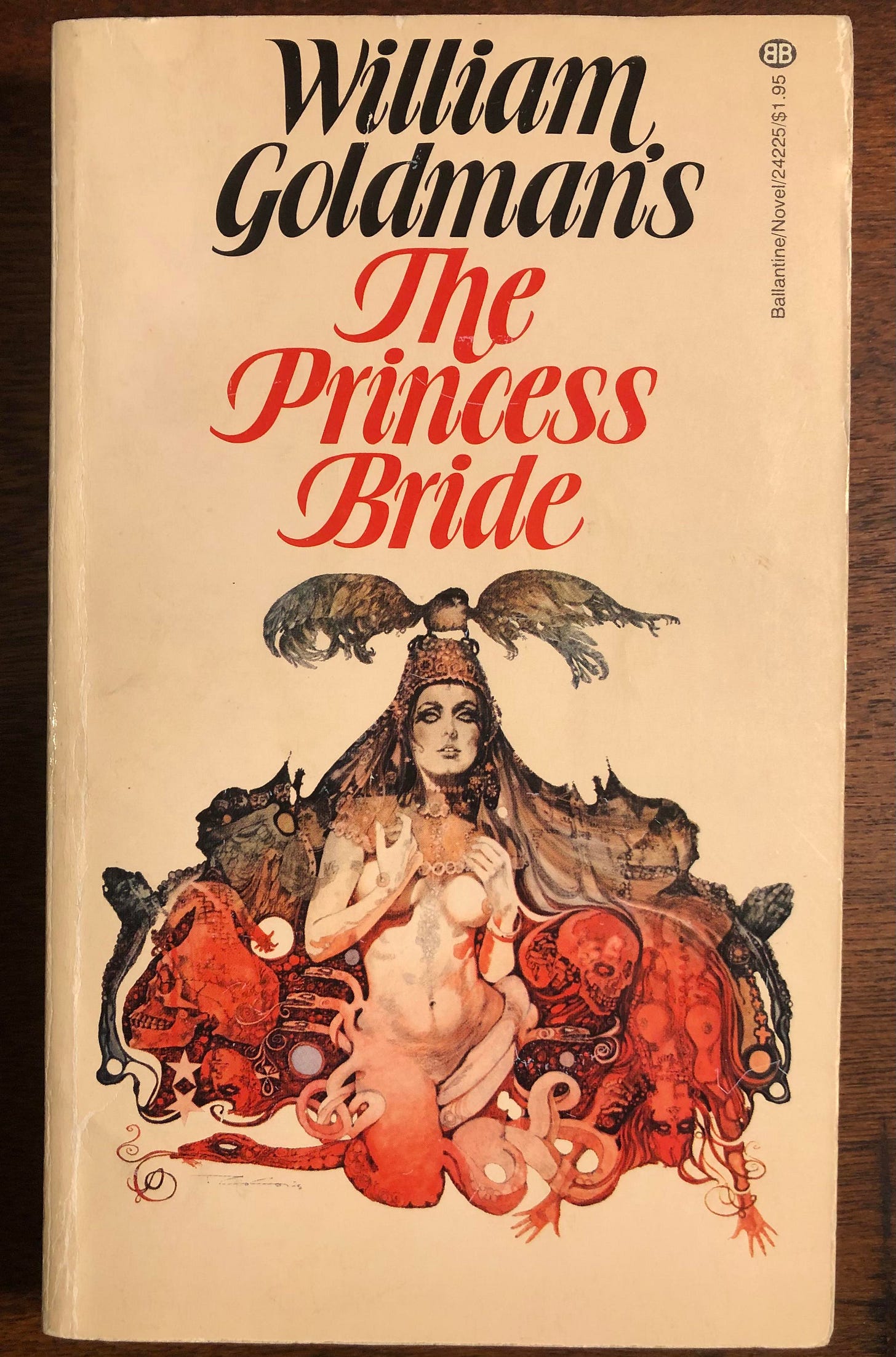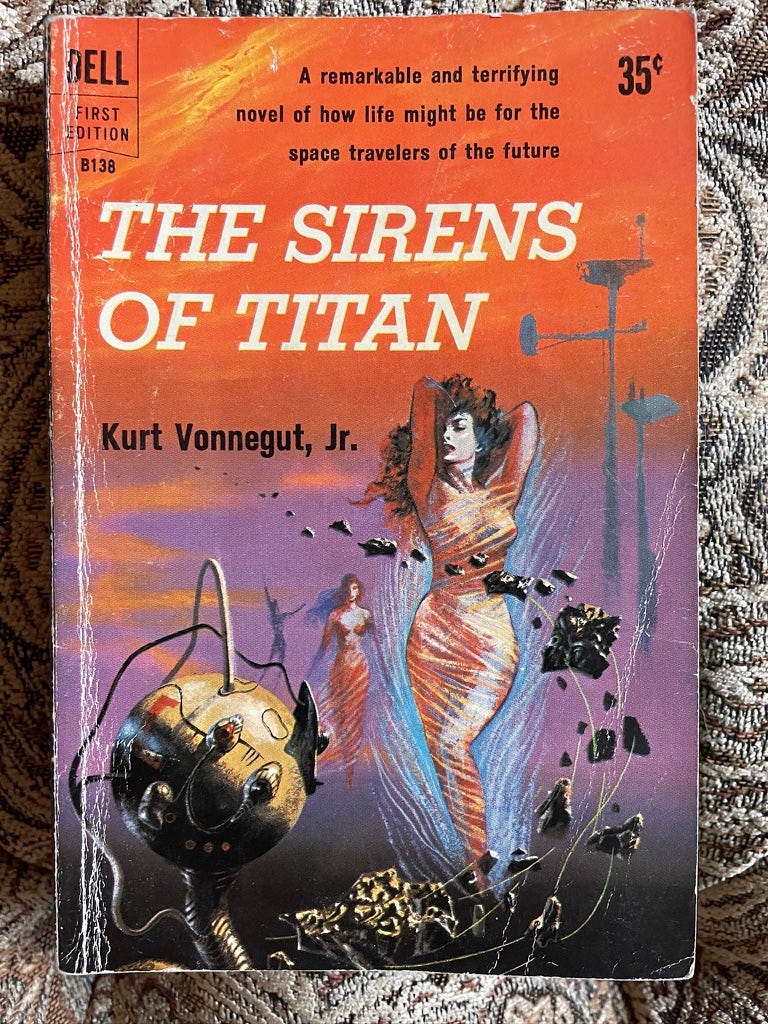Book covers are important. Book titles are important.
This is why publishers do not leave them to authors, whose strength is typically in writing books, not marketing them. (Likewise for headlines, which are almost never written by the journalist responsible for the article.)
I learned this firsthand with the titles and covers of my books, over which I had very little control. The American publisher of my second book, for example, insisted on a cumbersome subtitle and a somewhat drab cover design, and went with them despite my objections. Here’s what the hardcover looked like:
My British publisher, on the other hand, went with a more concise subtitle and a strikingly creative cover design, both of which I loved. This is a paperback proof of the eventual hardcover first edition:
If and when a book goes to paperback, publishers have a chance to reassess their cover design. My American publisher thought better of the original design, and went with a modified version of the British one (the British one stayed the same but added a blurb):
Now, here’s the thing: I may have problems with the titles and covers of my books, but at least they are clearly related to the content. In some high profile cases, however, over-eager marketing departments lose complete touch with the book, creating titles and covers that verge on absurd. A classic example is the first paperback edition of The Princess Bride, a hilarious metafictional fairy tale meant for children and adults, now a beloved iconic movie.
The first hardcover edition failed to sell well, but at least the cover makes sense:
I can only imagine the level of panic that inspired the 1974 cover of the first paperback edition. Sex sells, right? Okay, let’s go with that:
Needless to say, there is absolutely no relationship between the sexy naked woman surrounded by serpents and the plot of The Princess Bride. (This cover also failed to sell the book, and first paperback printings are quite rare, especially in decent condition.)
Early in his career, Kurt Vonnegut’s novels also fell victim to overzealous marketing. Player Piano, his 1952 debut, did not sell well in hardback. The title is terrific, though, as is the book, which discusses the effects of automation on workers who lose their jobs — hence “player piano,” an instrument that dispenses with the need for a pianist. AI, anyone?
But the publishers decided the name wasn’t exciting enough. At the time, Vonnegut had made his name in science fiction short stories, and Player Piano was science fiction. So they renamed the book something that sounded exotic and science-fictiony:
Only problem? There is no Utopia 14. It’s just made up.
Vonnegut’s second novel, Sirens of Titan, received the same treatment as The Princess Bride. The hardcover edition is abstract, and represents the novel well: “a satiric fantasy about ourselves.”
No luck on the sales side, though. TIME FOR THE SEXY LADY!!!
This is not a novel that focuses on actual sirens, here swathed in gauze that barely covers their breasts. But when you need to sell something, the truth often takes a backseat to other considerations.
I love my copies of Utopia 14 and Sirens of Titan, and I chose to collect the paperback versions rather than the hard covers because (a) they’re hilarious and (b) they remind me of a standard Book Glory theme: Books are objects, products of their time and place, not merely vehicles for content.
THANK YOU SO MUCH for reading, and I’ll see you again for the next installment of Book Glory… that is, unless you are a paying subscriber, in which case read on for the exclusive paid content for this weeks post!
Keep reading with a 7-day free trial
Subscribe to Book Glory to keep reading this post and get 7 days of free access to the full post archives.











